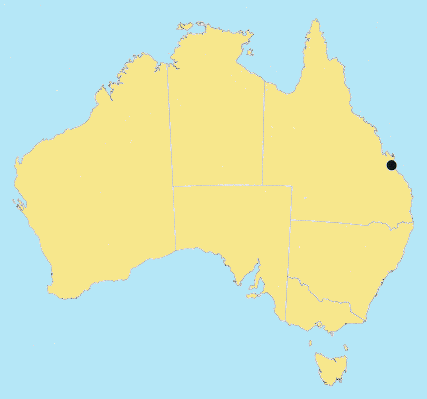Cymbopogon martinii* (Roxb.) W. Watson. Atkins, Gaz. N.W. Prov. India 10: 392
(1882).
Classification. (GPWG 2001) : Subfamily
Panicoideae. Andropogoneae.
Basionym and/or
Replacement Name: Andropogon
martini Roxb., Fl. Ind. 1: 280–281 (1820).
Type of Basionym or
Protologue Information: India: Lucknow: Ballaghat, high lands, Gen.
(seeds) Martin s.n. (HT: K).
Key references
(books and floras): [2002] D.Sharp & B.K.Simon, AusGrass, Grasses of
Australia.
Habit.
Perennial. Culms erect, stature robust to moderate, 150–300 cm tall. Ligule an
eciliate membrane, 1.5–4 mm long. Leaf-blades linear or lanceolate, flat, 25–50
cm long, 10–30 mm wide.
Inflorescence.
Inflorescence compound, composed of rames. Central inflorescence axis 21–50 cm
long. Rhachis fragile at the nodes.
Spikelets.
Spikelets sessile, 1 in the cluster. Companion spikelets pedicelled, 1 in the
cluster. Basal sterile spikelets well-developed, 2 in number (lower raceme).
Companion spikelets developed, comprising 2 subequal glumes without lemmas or
male, 3–4 mm long. Companion spikelet glumes muticous. Fertile spikelets
2-flowered, the lower floret barren (rarely male), the upper fertile, comprising
1 basal sterile florets, comprising 1 fertile floret(s), without rachilla
extension, oblong, dorsally compressed, 3.5–4.5 mm long.
Glumes. Glumes
dissimilar, firmer than fertile lemma. Lower glume lanceolate, chartaceous,
keeled, 2-keeled, winged on keel, winged broadly or narrowly, 2 -nerved. Upper
glume lanceolate, keeled, 1-keeled. Florets. Basal sterile florets 1,
barren, without significant palea. Lemma of lower sterile floret hyaline.
Fertile lemma 1 mm
long, without keel. Lemma apex entire or lobed, awned, 1 -awned. Median
(principal) awn from a sinus, 12–18 mm long overall, with a twisted column.
Column 7 mm long. Palea absent. Anthers 3.
Continental
Distribution: Africa, Temperate Asia, Tropical Asia, Australasia, Pacific,
and South America.
Australian
Distribution: Queensland.
Queensland:
Port Curtis.
Notes.
India. In Australia persisting in the abandoned introduction plots at Fitzroy
Vale, Qld, where it was originally cultivated. Flowers Apr.--July.


